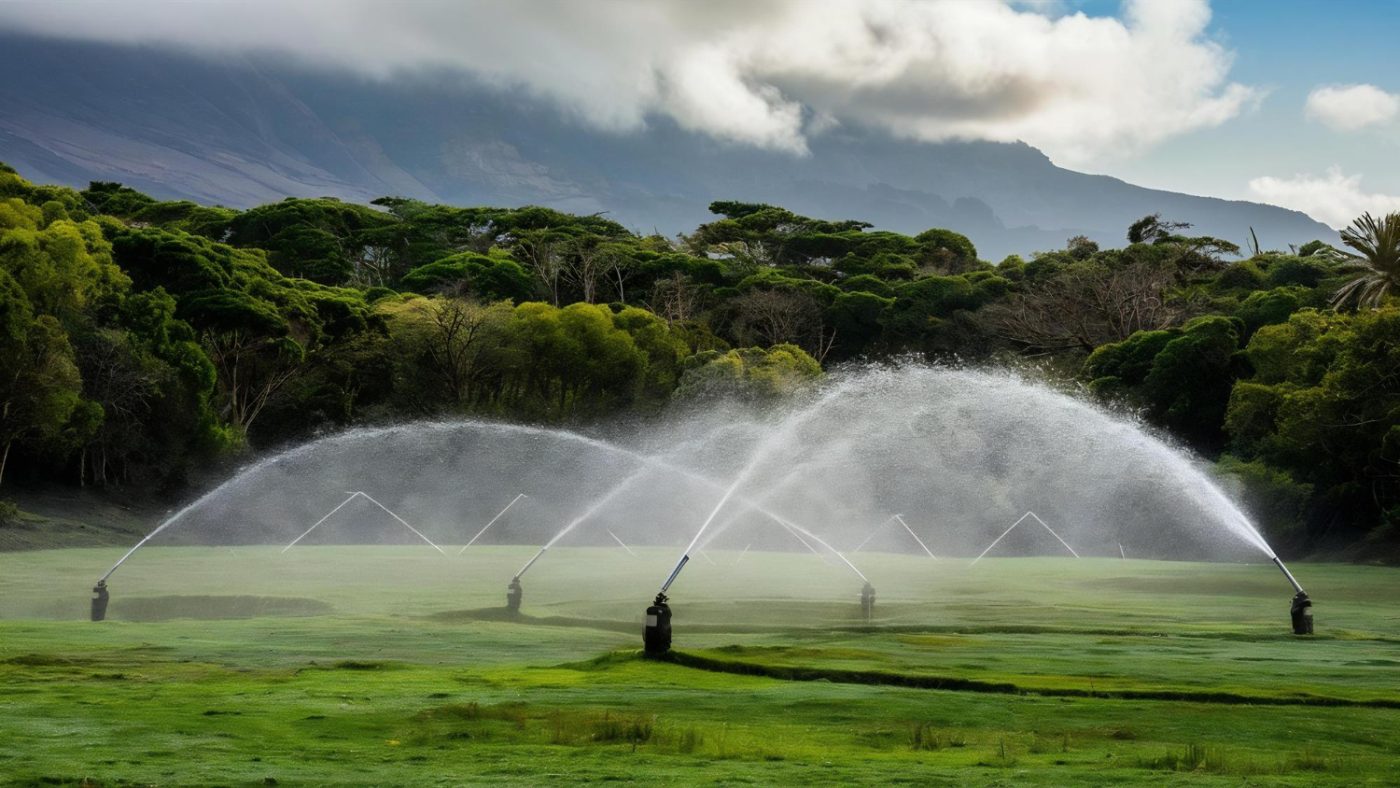Golf is a sport that, by its very nature, takes place in large outdoor spaces, which leads many to think it has a negative impact on the environment. But the numbers don’t lie, and in this case, the figures show that golf in Spain is leading the way in sustainability through efficient water resource management.
- 59% of Spanish golf courses already irrigate with reclaimed water (treated wastewater), an impressive figure compared to 21% in the U.S. Spain is becoming a leader in this field!
- Southern Spain and the Levante region show even higher figures: in these areas, the percentage of golf courses using reclaimed water rises to 70%. In the Canary Islands, it reaches 80%, and in the Balearic Islands, an astonishing 96%! This is not just a statistic but a clear demonstration of environmental commitment.
- Water consumption on golf courses across Spain totals 108 hm³, representing only 0.34% of the country’s total water consumption of 32,000 hm³ annually. This low percentage demonstrates responsible use of such a valuable resource.
- Moreover, more than half of that water consumed—56%—comes from non-conventional sources such as reclaimed and desalinated water, significantly reducing pressure on freshwater supplies.
- 92% of golf courses are implementing practices to reduce their water consumption, from more efficient irrigation systems to advanced technologies that minimize waste.
- Each cubic meter of water used on golf courses generates an economic return of €147, of which €131 (89%) benefits sectors outside golf. This shows how golf not only cares about environmental sustainability but also contributes to local economic development.
- However, one of the main barriers to wider use of reclaimed water is the lack of infrastructure for its transportation. With more investment in these infrastructures, sustainability could become even more accessible.
Besides their water efforts, modern golf courses are becoming biodiversity refuges, hosting birds, insects, native flora, and small ecosystems. These spaces are not just playing areas—they play a crucial role in biodiversity preservation.
In summary, golf is not a threat to the environment but an opportunity to manage land sustainably. This report shows that through the use of reclaimed water, water-saving practices, and responsible vision, golf can be a positive driver of change for both the environment and the economy.

